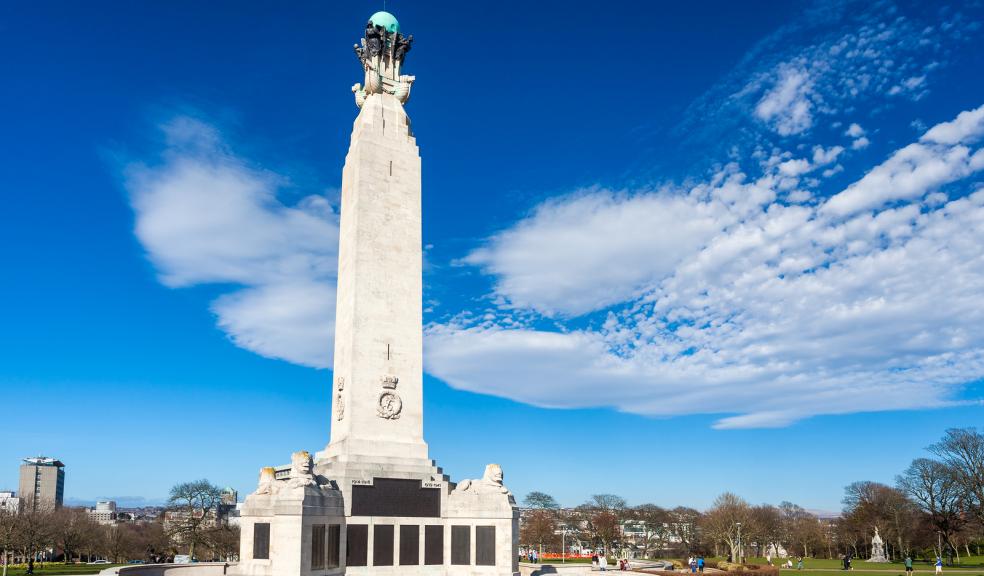
Plymouth memorial awarded highest listing
Plymouth’s naval memorial has been given the highest protection status by Historic England.
As the city commemorates the Battle of Jutland, the organisation has elevated the monument to the highest possible listing of Grade I. Plymouth now has 25 Grade I listed buildings and structures across the city.
The memorial, together with those at Portsmouth and Chatham, form the Royal Navy’s national memorial to thousands of sailors who lost their lives during the First World War and who have no grave, but the sea.
The obelisk was inspired by columns erected to celebrate Roman naval victories and unveiled in 1924. Designed by architect, Sir Robert Lorimer and sculptor, Henry Poole, its significance was enhanced by its position as a mark for shipping.
In a report, Historic England recommended the listing be upgraded in view of its ‘exceptional importance, both historically and architecturally.’
Plymouth’s Naval Memorial was first listed as Grade II in 1975 before being upgraded in 1998 to Grade II*. The memorial by Sir Edwin Lutyens, which pays tribute to men and women of the Merchant Navy and Fishing Fleets, was also recently upgraded to Grade I.
More than 50,000 men and women lost their lives serving with the Royal Navy during the First World War.
British naval personnel played a vital role in the war effort and suffered significant casualties. In the first weeks of the conflict, the British Grand Fleet established a blockade in the North Sea, severely restricting the German Navy and merchant shipping movements.
The blockade ensured relatively few encounters between British and German battleships, however major naval actions occurred off Chile and the Falkland Islands as well as the North Sea.
The Royal Navy provided crucial support during the Dardanelles Campaign in 1915 and protected Allied merchant shipping by escorting trans-Atlantic convoys throughout the war.
The most significant naval confrontation, the Battle of Jutland, saw the British Grand Fleet under Admiral Jellicoe and the German High Seas Fleet under Vice-Admiral Scheer clash off the coast of Denmark on 31 May and 1 June 1916.
The battle involved over 100,000 British and German naval personnel in 250 ships. Over 6,000 British men were killed and over 2,500 Germans.
Councillor Glenn Jordan, Cabinet Member for Culture, who served in the Royal Navy said: “It’s good to see this monument being given the highest protection possible.
“My great grandfather and grandfather were both in the Royal Navy during the wars so this memorial is extremely important to us and to many families around Plymouth.
“The Jutland commemorations have given us all a chance to reflect on the horrors of war and the sacrifices thousands made. Over a quarter of the men commemorated on this memorial were lost at Jutland, including most of the crews of HMS Indefatigable and HMS Defence. We must never forget."
Submarine warfare also took its toll and large numbers of warships and naval auxiliary vessels were lost to German mines. More than 1,130 of the men commemorated on the Plymouth memorial were killed when their vessel struck a mine, including 140 officers and crew serving in the first British warship to be lost in the war, HMS Amphion.











